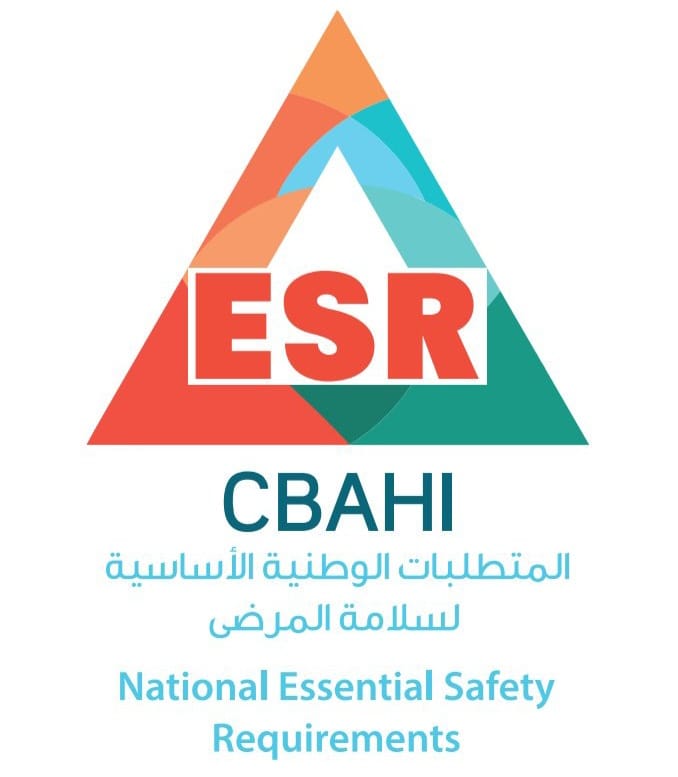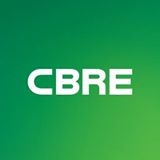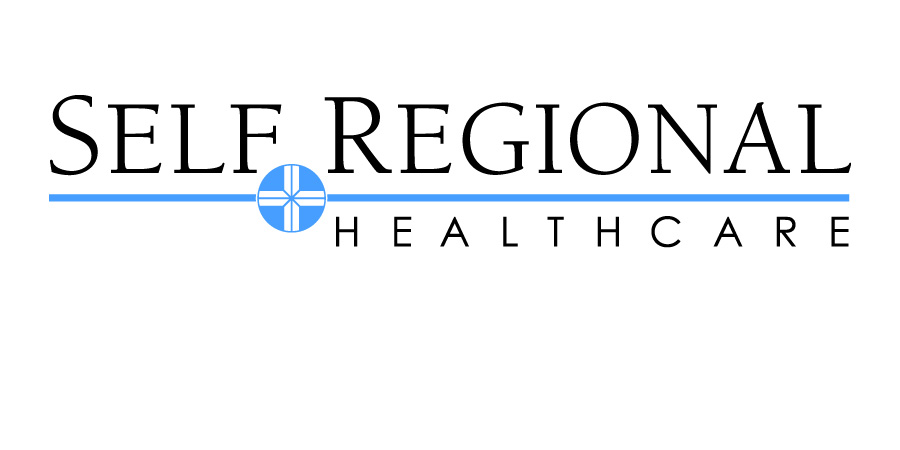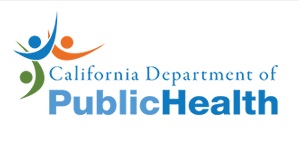Information
-
Document No.
-
Building, Floor, Department
-
Conducted on
-
Prepared by
-
Add signature
-
Location
-
Director: Manager:
-
Please Note: This Information Is Reported To The Director And Manager For Corrective Action For Clinical Issues Only. All Facility Related Issues Will Be Entered Into Archibus via Safety Operations.
Fire Prevention
-
001. Are waiting areas open to corridors equipped with smoke detection?
-
002. Are exit signs readily visible and illuminated?
-
003. Smoke barrier doors have proper gaps (1/8" max opening between doors and 1/4" from door to floor)?
-
004. Are smoke barrier doors self closing/automatic?
-
005. Are windows in smoke doors or walls made of fixed wire glass?
-
006. Is there a clear space of 18 in. Below sprinkler heads?
-
007. There are no voids in fire or smoke barriers?
-
008. Are fire doors free of damage and do they close properly? There are no doors propped or wedged open.
-
009. Are stairways free of storage?
-
010. Are pull stations visible?
-
011. Are fire extinguishers properly charged?
-
012. Does fire extinguisher inspection tag indicate extinguishers are being inspected monthly?
-
013. Are fire extinguishers accessible?
-
014. Are emergency evacuation route signs current?
-
015. Are wall mounted computers maintained in the closed position when not in use.
-
016. Are corridor unconstructed by equipment or furniture?
-
017. Are No Smoking rules followed?
-
018. Are stairwell doors unlocked going into the stairs from the unit?
-
019. Can windows in patient rooms be opened in the event event of a fire (using a key or an unlocking tool)? Does staff know location of the tool?
-
020. Are there at least two posted emergency exits on each unit or floor?
-
021. Do patient sleep rooms open directly onto a corridor with an exit?
-
022. Are patient room doors are positive latching?
-
024. Are all decoration flame retardant?
Medical Equipment
-
101. Is new, demo, or patient owned equipment checked by Biomed before being placed in service?
-
102. Staff know the proper procedure for impounding the device following a patient incident?
-
103. Are crash carts and defibrillators checked daily (checked by unplugging from power source)?
-
104. Are defibrillators pads current and do not have expired dates?
-
105. Are wheelchairs, IV poles, walkers, and crutches clean and in good condition?
-
106. Does all medical equipment and inspection tags/stickers as to when the next inspection is due?
-
107. Are inspections on medical equipment being completed in a timely manner?
-
108. Are equipment operators manuals readily available?
Utilities Management
-
201. Are fluorescents lights equipped with working bulbs?
-
202. Do emergency lights work properly in areas provided?
-
203. Are wall outlets child proof in areas needed?
-
204. All electrical panels in closets are secured and are not hampered by items being stored in closets?
-
205. Is electrical equipment and wiring undamaged?
-
206. There are no portal space heaters in the area?
-
207. Extension cords are not used (Exception: Emergency and/or single not ganged fused circuit breaker bars)?
-
208. Wall outlets are not overloaded?
-
209. Are isle ways obstructed by computer/phone cables?
-
210. Are medical Gas Valves accessible, labeled, and clean?
-
217. Are all heat producing devices (toaster, coffee pots, etc.) unplugged when not in use?
Hazardous Materials
-
301. Is the hazardous chemical inventory current?
-
302. Staff know how to retrieve SDS (MSDS)?
-
303. Are all chemicals properly labeled?
-
304. Are stored chemicals properly secured?
-
305. Is the soiled utility room secured and/or toxic material secured?
-
306. Are cleaning products/chemicals stored properly and away from clinical supplies?
-
307. Are waist/used chemicals disposed of properly?
-
308. Are chemicals stored in the proper storage cabinets according to their compatibility?
-
309. Are emergency eyewash stations and safety showers available in required areas?
-
310. Are plumbed emergency eyewash station tested weekly?
Safety Management
-
401. Are medication and specimen refrigerators free of food?
-
402. Are refrigerators clean?
-
403. Are refrigerator temperature logs current?
-
404. Are specimens and medications stored in a separate refrigerators? (In patient care areas, a separate refrigerator is used for the following: unit medications, patient food, staff food, and patient specimens.)
-
405. Is food consumption, including drinking, prohibited in patient care areas?
-
406. Is infectious waist disposed of properly?
-
407. Are medications and/ supplies current and do not have expiration dates?
-
408. Are sterile and clean supplies stored separately?
-
409. Are all sterile/high level disinfected items are stored at least 10" off the floor, 6" from outside walls, and 18" from ceiling fixtures?
-
410. Are linen cart flaps maintained in the closed position when not in use?
-
411. Are Sharps containers less than 3/4 full?
-
412. Are gas cylinders properly stored?
-
414. There are no damaged floor tiles, torn carpet, or trip hazards?
-
415. There are no damaged/missing ceiling tiles?
-
416. Glutaraldehyde/Cidex is not used in this area?
-
417. Cidex OPA Test strips are present if OPA is used and the test strip bottle is dated with discard date?
Emergency Management
-
501. Is there an Emergency Procedure Manual (EPM) posted?
-
502. Is the Emergency Procedure Manual up to date?
-
503. Th fire alarm location page and other emergency announcements are clearly audible in this area?
-
504. Does the department have a current staff recall list?
Security
-
601. Are valuables secured (purses, expensive equipment, etc.)?
-
602. Are code cart medications secure?
-
603. Are medication secure - (Note - none should be left in open accessible to patients or on anesthesia carts)?
-
604. Are fax machines in non-public areas to protect confidential information?
-
605. Are copy machines in non-public areas to protect confidential information?
-
606. Patient information is not visible from public spaces?
-
608. Staff is trained to question unknown individuals and report suspicious behavior?
-
609. Hazardous material is secured?
-
610. Name tags available or being worn?
Miscellaneous
-
999. Any additional items not noted on the inspection form?











